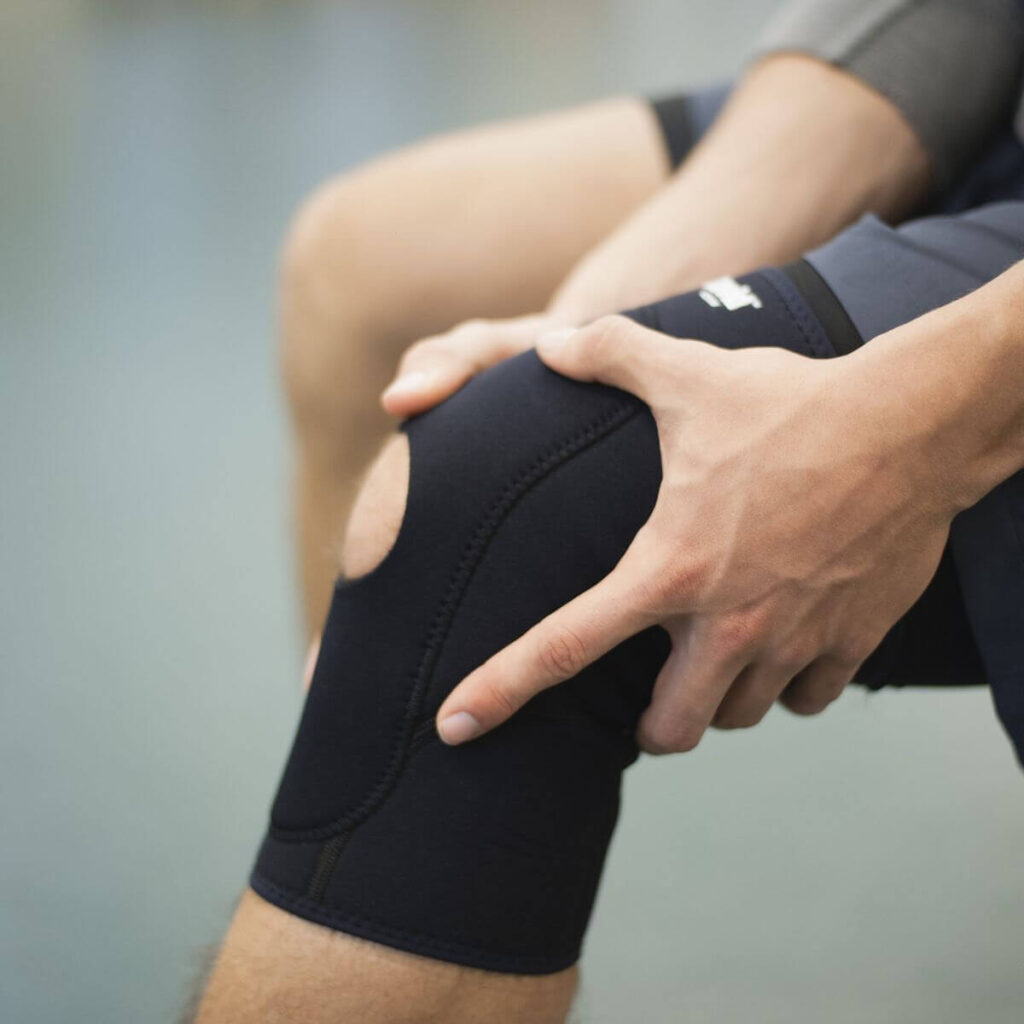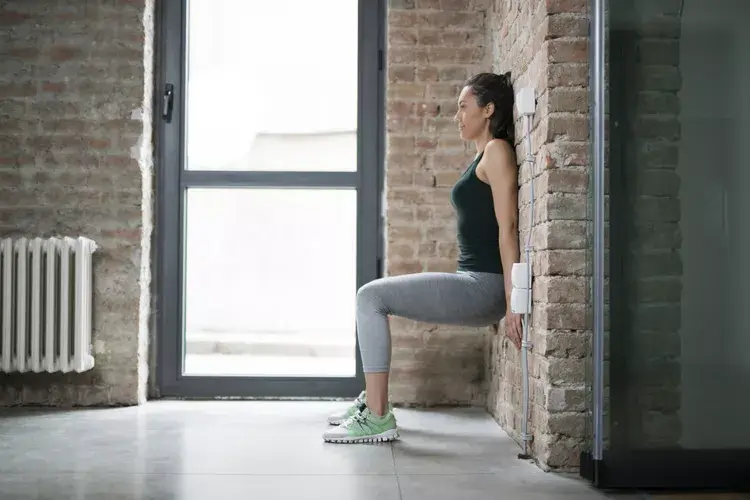High-intensity interval training, or HIIT, has become increasingly popular in recent years due to its effectiveness in burning fat and building muscle. However, many people are concerned about the impact of this intense workout on their joints. The good news is that with proper form and modifications, HIIT can actually improve joint health. In this article, we will discuss how to incorporate HIIT into your workout routine while maximizing joint benefits.

by Clem Onojeghuo (https://unsplash.com/@clemono)
Understanding HIIT Workouts
Before we dive into the benefits of HIIT for joint health, let’s first understand what a HIIT workout entails. HIIT involves short bursts of intense exercise followed by periods of rest or low-intensity exercise. This type of training can be done with a variety of exercises, such as running, cycling, or bodyweight exercises. The key is to push yourself to your maximum effort during the high-intensity intervals.
Joint Health in HIIT Training
One of the main concerns with HIIT is the impact it may have on joints, especially for those who already have joint issues. However, research has shown that HIIT can actually improve joint health. This is because the high-intensity intervals stimulate the production of collagen, which is essential for maintaining healthy joints. Additionally, the rest periods in between intervals allow for proper recovery and reduce the risk of overuse injuries.
HIIT Exercises for Joint Health
While HIIT can be beneficial for joint health, it’s important to choose the right exercises to minimize impact on your joints. Some great options include cycling, swimming, and rowing, as these are low-impact activities that still provide a high-intensity workout. Bodyweight exercises such as squats, lunges, and push-ups can also be incorporated, but it’s important to maintain proper form and listen to your body to avoid any strain on your joints.
Modifications for Joint Health
If you have pre-existing joint issues, it’s important to modify your HIIT workout to avoid aggravating your condition. This may include reducing the intensity or duration of your high-intensity intervals, or choosing low-impact exercises. It’s also important to listen to your body and take breaks when needed. Remember, it’s better to modify your workout than to risk injury.
Proper Form is Key

by Luke Aguaita (https://unsplash.com/@lukeaguita)
Proper form is crucial in any workout, but it’s especially important in HIIT to prevent joint injuries. Make sure to warm up properly before starting your workout and focus on maintaining good form throughout. This means keeping your core engaged, using proper alignment, and avoiding any jerky or sudden movements. If you’re unsure about proper form, consider working with a personal trainer to ensure you’re performing exercises correctly.
In Conclusion
HIIT can be a great addition to your workout routine, not only for its fat-burning and muscle-building benefits, but also for its positive impact on joint health. By understanding the principles of HIIT and making modifications when necessary, you can reap the benefits of this workout while minimizing any potential risks to your joints. Remember to always listen to your body and prioritize proper form to maximize the joint benefits of HIIT.




